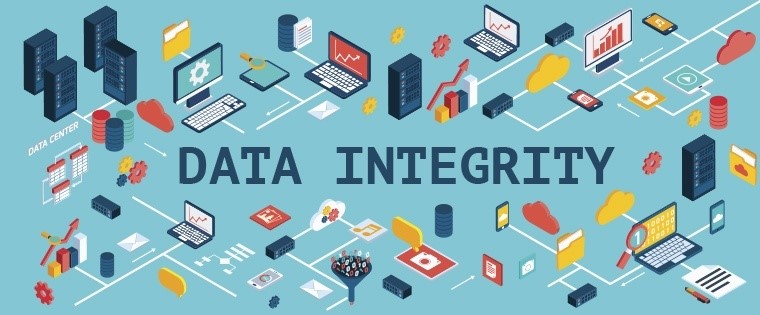What are the most secure methods for ensuring data integrity?
In today’s data-driven world, maintaining the integrity of your information is paramount. Whether you’re a business safeguarding sensitive customer data or an individual protecting your personal information, ensuring data integrity is non-negotiable. This blog post explores the most secure methods for achieving and maintaining data integrity.
As TechTraget states, Data integrity is the assurance that digital information is uncorrupted and can only be accessed or modified by those authorized to do so.
1. Encryption: The Guardian of Data
Encryption is a cornerstone of data security. It involves transforming data into an unreadable format using cryptographic algorithms, rendering it useless to anyone without the decryption key. Implement end-to-end encryption for your communications and employ encryption at rest for data storage. Robust encryption protocols like AES (Advanced Encryption Standard) provides high security.
2. Regular Backups: Guarding Against Data Loss
Data loss can compromise data integrity. Regular backups are a fail-safe method to protect against accidental deletion, data corruption, or cyberattacks. Ensure backups are automated, regularly tested, and stored in secure, offsite locations.

3. Access Control and Authentication
Unauthorized access can tamper with data integrity. Implement strong access controls and authentication mechanisms. Use multi-factor authentication (MFA) wherever possible to add an extra layer of security. Limit access permissions to only those who need the data to perform their job.
4. Hash Functions: Verifying Data Integrity
Hash functions create unique signatures for data, often referred to as checksums. When data is altered, its checksum changes. Regularly compute and compare checksums to detect unauthorized changes or corruption in your data.
5. Data Validation and Verification
Implement strict data validation protocols. Check data inputs for correctness and adherence to predefined standards. This prevents malicious data injections and errors that could compromise data integrity.
6. Digital Signatures
Digital signatures provide a means to confirm the authenticity and integrity of a document or message. They use cryptographic techniques to ensure that a document has not been tampered with since it was signed.
7. Secure Transmission Protocols
When transmitting data, use secure protocols like HTTPS for web communication and SFTP (Secure File Transfer Protocol) for file transfers. These protocols encrypt data in transit, preventing interception and tampering.
8. Security Patch Management
Keep all software, including operating systems, applications, and security tools, up to date with the latest patches and updates. Many cyberattacks exploit vulnerabilities in outdated software.
9. Data Auditing and Logging
Enable robust auditing and logging mechanisms to record activities and changes to your data. This helps identify any unusual or suspicious activity that could affect data integrity.
10. Disaster Recovery Plans
Having a disaster recovery plan in place is essential. It outlines steps to take in case of a data breach or integrity compromise, helping minimize damage and downtime.
11. Employee Training and Awareness
Educate your team about data security best practices. Human error is standard in data integrity breaches, so empowering employees with knowledge can significantly reduce risks.

12. Third-Party Security Assessments
If you use third-party services or vendors to manage your data, conduct security assessments to ensure they follow best practices and comply with security standards.
13. Compliance with Regulations
Depending on your industry, regulations (e.g., GDPR, HIPAA) may require specific data integrity measures. Complying with these regulations is vital to avoiding legal issues.
Wrapping up:
Ensuring data integrity is not a one-time task but an ongoing commitment to safeguarding your valuable information. Implementing a combination of these secure methods, tailored to your specific needs and risks, is the key to maintaining data integrity in an increasingly connected and digital world.
Remember, your data’s security is only as strong as your weakest link, so it’s essential to address all potential vulnerabilities and threats to protect your most valuable asset. For more insightful blogs, visit auxin.io.






